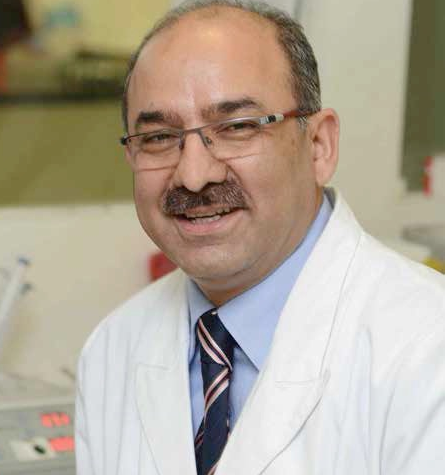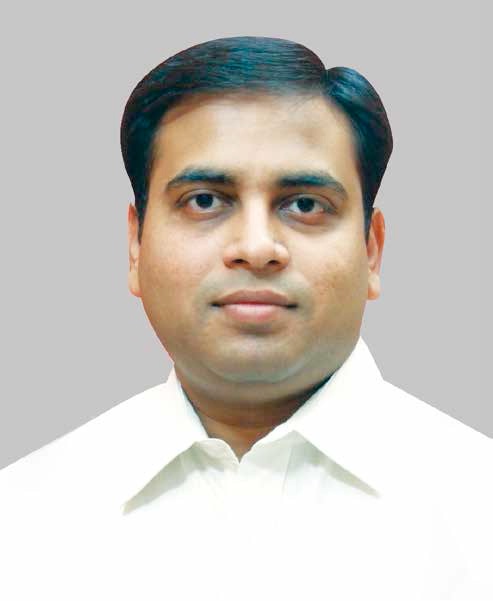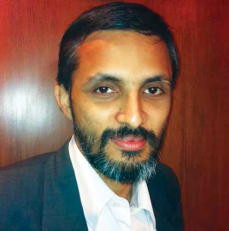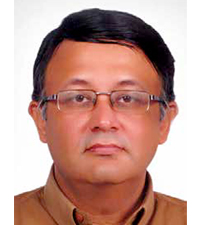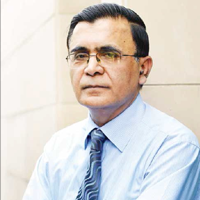
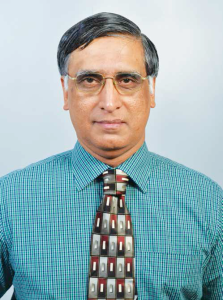 A B Sivasankar, VP, Sales and Marketing, Telerad Tech Pvt Ltd., talks about his companys RIS/PACS solutions and also the industry outlook
A B Sivasankar, VP, Sales and Marketing, Telerad Tech Pvt Ltd., talks about his companys RIS/PACS solutions and also the industry outlook
How do you perceive the growth of the healthcare segment in the IT market?
Healthcare IT in India is just starting to take off. This year, healthcare providers are expected to spend nearly $ 1 billion on IT products which will include hardware, software, internal and external IT services and Teleservices. Software, which consists of Hospital Information Systems (HIS), PACS, Electronic Health Records (EHR) and Mobile application services is expected to grow at 6 percent to reach around $ 101 million in 2014.

Please share your opinion on the importance of RIS/PACS in hospitals and their advantages over the traditional films.
Just 25 to 30 percent of hospitals and diagnostic centers in India have RIS/PACS. Most medical institutes, even Post Graduate ones, do not have PACS. Creating awareness about the demerits of films and the cost benefits of using digital images, changing the physicians views on digitization for better diagnosis, and a Government regulation for digitally storing patients medical records will go a long way in eliminating the tons of films used every day by healthcare providers and contribute to carbon credits. JCI accreditation and promotion of medical tourism will accelerate the adoption of PACS by hospitals. RIS/PACS will reduce costs and improve the treatment delivery.
How important is innovation in healthcare for customers in the growth markets?
Innovation in healthcare adds a holistic dimension to business. Medical innovation contributes to societys wellness, while increasing the innovators revenues.
For example, by integrating audio and video platforms with diagnostic medical devices, telemedicine has given emergency medical facility access to remote villages lacking even basic healthcare infrastructure. It can also be used to train paramedics in remote places to handle emergencies.
The technology is available, and the Government needs to extend its reach to benefit the rural population.
Please explain the benefits of remote radiology, and the void it fills in Indian healthcare.
Radiologists are scarce in the country, and mostly absent in rural areas. Hence the absence of diagnostic centers there. Villagers must travel to at least a Tier II town for an Xray. Remote Radiology or Teleradiology helps to fill this vacuum. A techtrained radiographer can perform the X-ray and CT scans and send them via internet to radiologists who can remotely look at them. Patients, especially trauma patients, can avoid an unnecessary travel and it also increases the radiologists productivity and efficiency.

How important is pricing when pitching your products to clients?
RADSpa is Radiologist Spa, in terms of user comfort. It is a product developed by radiologists, for radiologists. Hence it speaks the language of radiologist! Every version of the software undergoes iterations by our in-house radiologists before release.
Price is not the main factor but pricing is an important criteria! RADSpa can be positioned according to user needs. It can be a simple PACS for a single centre, enterprise for a large chain, in-premises deployment for a hospital, cloud version for Teleservices etc. It can also be hybrid in some cases. Hence, the price varies, and pricing is based on the actual need, with an option for upgradations at an incremental cost. So the buyer has a choice.
Please tell us about your RIS/ PACS solutions.
RADSpa is a web based customizable Radiology Workflow software available anywhere, anytime and on any OS. It is also available on iPad. Some of its features are
The Physician Portal allows referring physicians to view status of study, reports, images, ETA and search finished reports. It supports quick-view of images through WADO (Web Accessible DICOM Objects). It also allows context-based communication – offline comments – between radiologists, physicians and other users and is integrated with work-list and finished reports.
Physicians and peer radiologists using RADSpa can grade each others reports and snip a part of report text for grade comments. The QA workflow supports adjudication in case of disagreement. While the grades follow ACR guidelines, they can also be customized.
Reporting in RadSpa is completely web based. The report page displays the complete patient details.
RIS/PACS is here to stay and soon, PACS will encompass and integrate all departments in a medical facility”
Are RIS/PACS here to stay as part of the ongoing transformation of healthcare?
RIS/PACS is not just confined to Radiology. Cardiology and recently Oncology also use PACS to regularly monitor the patients progress. Even non-DICOM applications like ECG, Treadmill etc., can be a part of RADSpa viewer. RIS/PACS is here to stay and soon, will encompass and integrate all departments in a medical facility.
How do you see the market in the next decade? What are the growth contributors?
The growth is expected to accelerate. Radiology market too, is growing. Many 3T MRIs, PET CTs are coming up across the country. Healthcare awareness, increased government spending for medical care, Insurance supporting investigations will fuel the RIS/PACS market growth. These coupled with the drive towards film-less diagnosis has the potential for a higher CAGR from the present 15 percent in the near future.
With elections around the corner, what are your expectations from the government for this industry?
Right To Healthcare (RTH) for every citizen, increased Budget allocation for meaningful, realistic healthcare spending, building infrastructure in Tier II and Tier III cities to enable rural population access to minimum healthcare.
Be a part of Elets Collaborative Initiatives. Join Us for Upcoming Events and explore business opportunities. Like us on Facebook , connect with us on LinkedIn and follow us on Twitter , Instagram.



